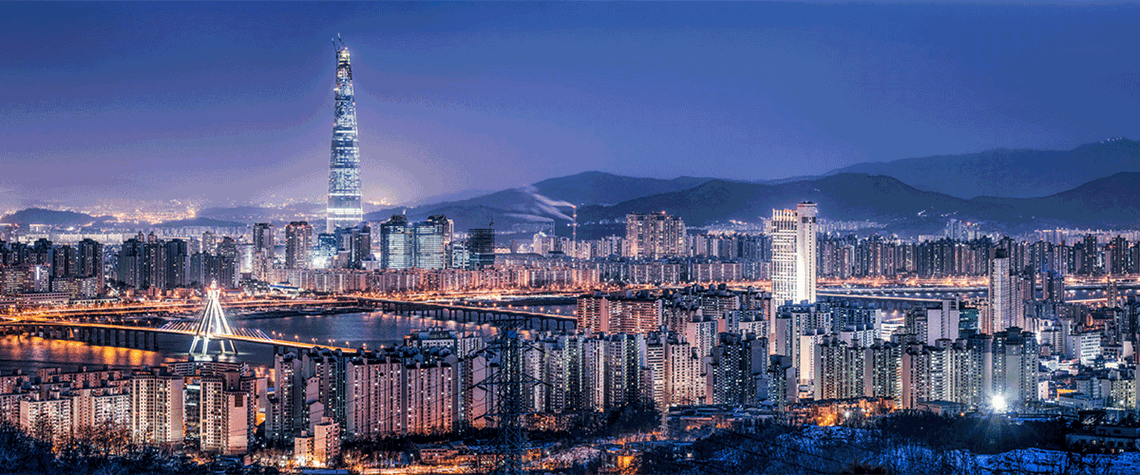Muddled policies cloud Korean LNG outlook
Planned terminal expansions do not fit with Seoul’s stated goals of trimming LNG dependence
South Korea has long been one of the world’s largest LNG consumers, alongside Japan, China and—more recently—the EU. But despite a huge and ongoing buildout of regasification infrastructure, the medium-to-long-term outlook for Korean LNG demand is unclear. The country aims to meet its net-zero targets in part through a sharp reduction in its dependence on imported LNG, even while vacillation on nuclear policy brings additional uncertainty. South Korea has managed to trim its coal use in recent years and raise the proportion of gas in the generation mix as it seeks to achieve net zero by 2050. The government is closing ageing coal-fired plants and imposed a 28% tax on imports of the solid fue

Also in this section
24 December 2025
As activity in the US Gulf has stagnated at a lower level, the government is taking steps to encourage fresh exploration and bolster field development work
23 December 2025
The new government has brought stability and security to the country, with the door now open to international investment
23 December 2025
A third wave of LNG supply is coming, and with it a likely oversupply of the fuel by 2028
22 December 2025
Weakening climate resolve in the developed world and rapidly growing demand in developing countries means peak oil is still a long way away







